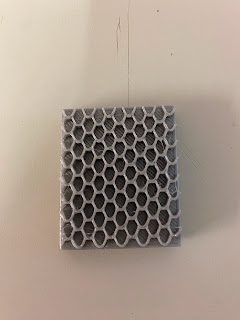The Museum Construct
The Museum Construct
Why are museums important?
Museums teach critical thinking and help get people excited about the different forms art can take. They can expand the general knowledge of the public and the different cultures and opens art up for group conversations and open-ended prompts. They have the power to create unity on both a societal and political level and they provide a sense of community by celebrating human history through the medium of art.
Due to the rise of technology, many people choose to view art from the comfort of their own home. This allows them to focus on only a few aspects of the art world, through a narrow lens. Unless you know what to search for, the art you will see will only be a vary small fraction of the types of art that exists. This can be good in some scenarios where a person has already found the styles of art they like, but if not, you can end up developing 'tunnel-vision' and become unaware of the art that exists.
Museums open up these borders, they show a wide range of art, from realistic paintings, to huge abstract installations. They allow the viewer to expand their definition of art, and develop tastes and references to art they otherwise might not have heard of.
Museums as Art
Many people view museums like how I just described them, a place to exhibit art. But they can be so much more. The buildings themselves can be art, beautiful architecture and floor planning, maximizing the space, and including the architecture in the art.
The spaces can influences the artists work, and integrate itself to change the way the art is perceived. High walls can be used to give space around a large painting, or they can be integrated into a installation piece where the ceilings are used to suspend pieces, dangling over the public who visit.
Magdalena Jetelovά
Jetelovά is a well-known Czech/German artist who uses the surrounding land and architecture to base her pieces around. She deals with the relationship between objects and space and extracts her responses to places from the common context and alters its structure, with the aim of perceiving different interlayers of time and space.
This is how the museums and spaces themselves can be extended from the four walls they are comprised of, including the architecture into the pieces, and altering how they are perceived by the viewer.





Comments
Post a Comment